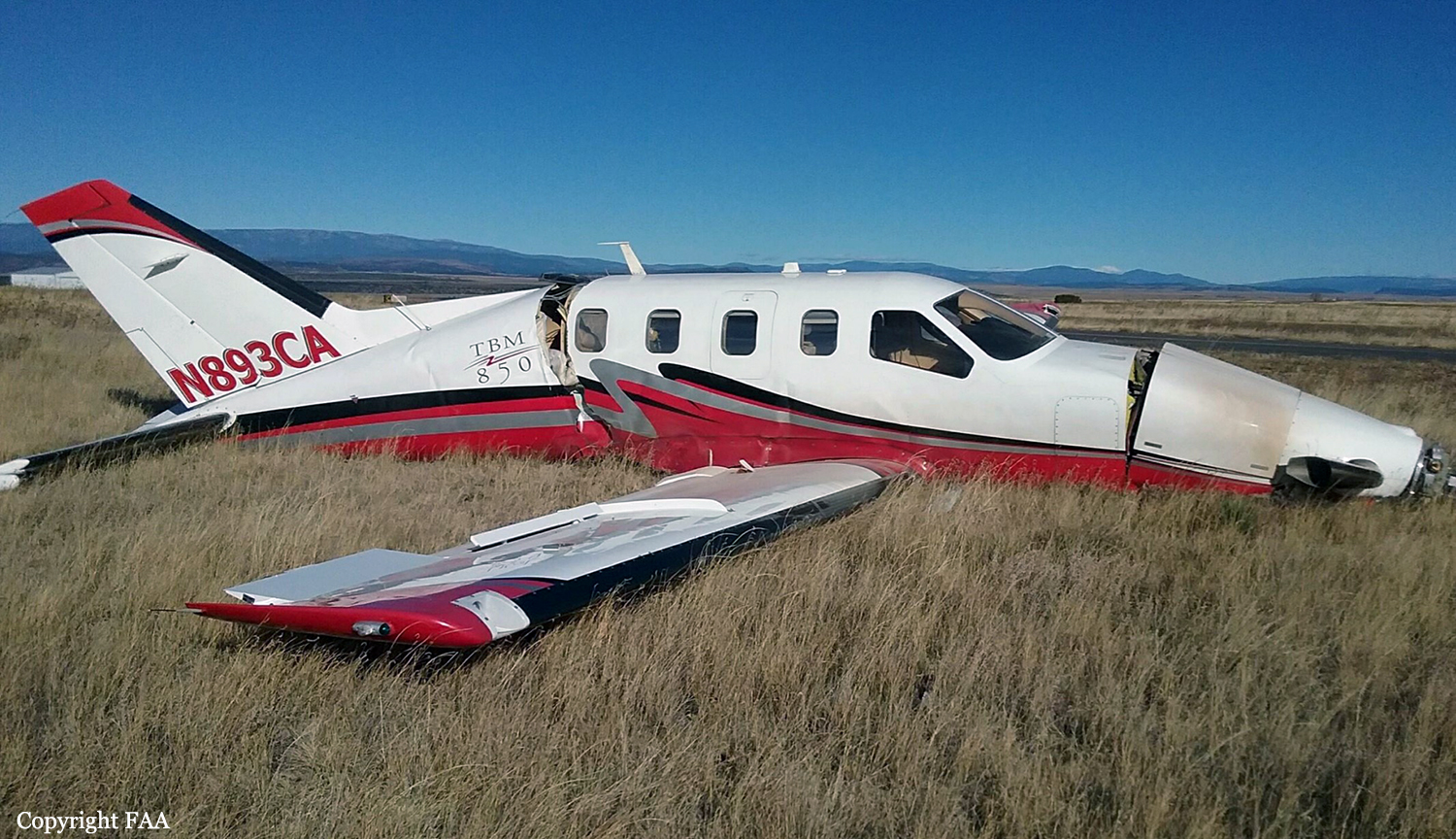Crash of a Socata TBM-850 in Las Vegas
Date & Time:
Nov 5, 2017 at 1145 LT
Registration:
N893CA
Survivors:
Yes
Schedule:
Tomball – Las Vegas
MSN:
393
YOM:
2007
Crew on board:
1
Crew fatalities:
Pax on board:
1
Pax fatalities:
Other fatalities:
Total fatalities:
0
Captain / Total hours on type:
1850.00
Aircraft flight hours:
2304
Circumstances:
The pilot of the turbine-powered airplane reported that, while landing in a gusting crosswind, it was "obvious" the wind had changed directions. He performed a go-around, but "the wind slammed [the airplane] to the ground extremely hard." Subsequently, the airplane veered to the right off the runway and then back to the left before coming to rest. The airplane sustained substantial damage to the fuselage. The pilot reported that there were no preaccident mechanical failures or malfunctions with the airplane that would have precluded normal operation. The automated weather observation system located at the accident airport reported that, about the time of the accident, the wind was from 270° at 19 knots, gusting to 25 knots. The pilot landed on runway 20.
Probable cause:
The pilot's inadequate compensation for gusting crosswind conditions during the go-around.
Final Report:
